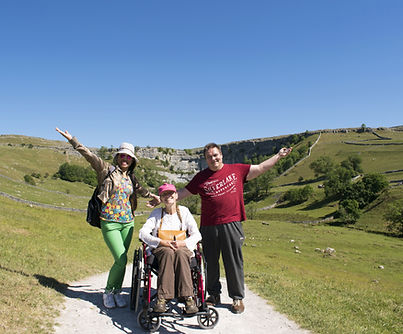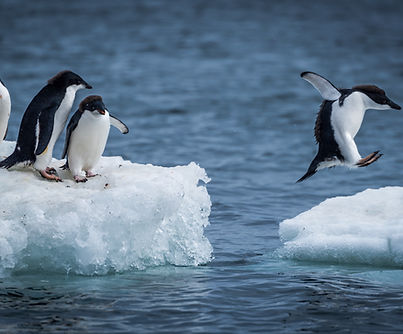Journalism
I have written over 50 articles, blogs, and features for different outlets in English and Spanish. Although my interests are varied and I’ve covered almost every journalism beat, my work has mainly focused on environment, tourism, sustainable development, green economy, culture and entertainment, food, and science and innovation.
Travel
A Local’s Guide to Visiting Valparaíso, Chile
Go Ask A Local Blog
A Brief History of Arctic Exploration
SA Vacations Blog
Forest fires in Torres del Paine: A cautionary tale of irresponsible tourism
Horizon Guides Journal
How to Reduce Your Carbon Footprint When Traveling
Tourism - People – Nature Blog
Culture and Arts
A Brief History of Brazilian Samba
SA Vacations Blog
Soccer: Passion of Millions in Brazil and Argentina
SA Vacations Blog
Viña del Mar and its International Song Festival
Tourism - People – Nature Blog
Niche Tourism
Tourism - People – Nature Blog
Indigenous Communities and Tourism: The Benefits of Co-Management
Tourism - People – Nature Blog
Ecoturismo para todos (Ecotourism for all)
ATRÉVETE a ponerte en mi lugar… (Be brave and put yourself in my shoes…) magazine published by Chile’s National Disabilities Fund (FONADIS)
Food and Drink
Get to Know Traditional Chilean Food
Eat Your World Blog
Sustainable Wines and Harvest Festivals 2012
Tourism - People – Nature Blog
Comida chilena en su mesa (Chilean food at your table)
La Vitrina de Bellavista (The Bellavista Showcase)
Revista del Domingo - El Mercurio
Wildlife and Protected Areas
16 Incredible National Parks to Visit in Chile - A Local’s Guide
Go Ask A Local Blog
8 Cool Facts About the Seals of Antarctica
SA Vacations Blog
100 years of Machu Picchu and the impact of tourism
Tourism - People – Nature Blog
Tourism - People – Nature Blog
Tourism Industry and Events
Panama Tourism Expo 2022: A tasting of unforgettable experiences
Tourism - People – Nature Blog
Tourism Initiatives to Save the Earth
Tourism - People – Nature Blog
Biofuels for more eco-friendly flights
Tourism - People – Nature Blog
Case studies
My collaboration with international non-governmental and multilateral organizations has allowed me to give voice to indigenous peoples and local communities across all five continents, highlighting their efforts to face global challenges such as deforestation, biodiversity loss, and gender equality, among others. I have written and edited over 40 case studies (in English and Spanish), while also conducting interviews and research.
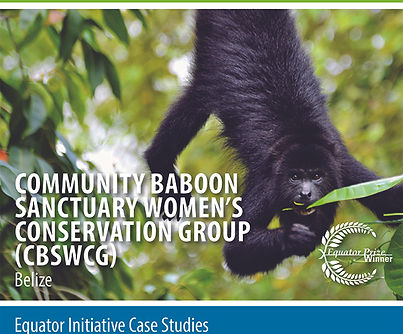
Wildlife and Protected Areas
Baltistan Wildlife Conservation and Development Organization (BWCDO) – Pakistan
Case study describing how this organization protects Baltistan’s snow leopards by providing economic incentives to local farmers in 17 villages.
The Kuruwitu Conservation & Welfare Association – Kenya
Case study describing how this organization created the first coral-based Locally Managed Marine Area (LMMA) in Kenya.
Community Baboon Sanctuary - Belize
Case study describing how this organization has empowered women and saved the black howler monkey from extinction in Belize.
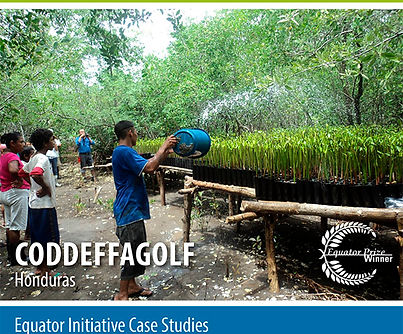.jpg)
Women
Mujeres y Ambiente, Querétaro - Mexico
Case study describing how this organization, founded and led by women, has been working with an environmentally minded Spanish company, the Mexican Government, and a local university to develop and market cosmetics based on local plants.
Swayam Shikshan Prayog (SSP) – India
Case study describing how Swayam Shikshan Prayog (SSP) empowers grassroots women’s collectives to move from ‘Margin to Mainstream’ in India.
Case study describing, among other things, how this organization has empowered women in conservation and promoted mangrove reforestation in Honduras.

Sustainable Production Chains
Dutjahn Sandalwood Oils Pty Ltd – Australia
Case study describing how this innovative partnership with the Martu Aboriginal peoples creates a value-added product from sandalwood oil for export to the global luxury perfume and cosmetics markets.
Associação Terra Indígena Xingu (ATIX) – Brazil
Case study describing how the organization has contributed to develop a new certification called ‘Selo dos Origens Brasil,’ focusing on the preservation of traditional knowledge and customs, and how honey production is the main source of income for these communities, which sell two tons of this organic product every year.
The Wuasikamas Movement of the Inga People in Aponte - Colombia
Case study describing, among other things, how the Inga People substituted poppy fields for coffee farm and launched their own brand: café Wuasikamas.

Food Security
Asociación de Productores Kemito Ene – Perú
Case study describing how this organization brings together Indigenous Asháninka people to sustainably produce and export certified organic cocoa to Australia and Europe.
Associação Indígena Khisêtjê– Brazil
Case study describing how the Khisêtjê people developed an innovative entrepreneurial model that uses native pequi fruit (Caryocar brasiliense) trees to restore landscapes, promote food security, and develop products for local and national markets.
Kayonza Growers Tea Factory – Uganda
Case study describing, among other things, the work of this community enterprise, fully owned by more than 7,000 smallholder tea farmers. It highlights how it helps protect one of Uganda’s oldest rainforests, which harbors 50 percent of the world’s mountain gorillas.
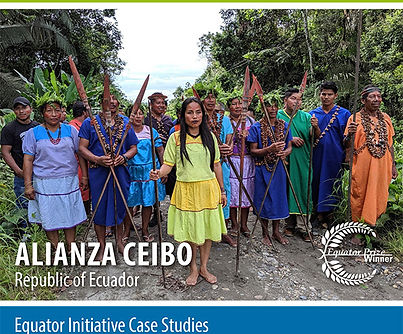
Indigenous Peoples' Rights
Case study describing this organization’s fight to counter environmental degradation to protect more than 2 million hectares of primary rainforest in four provinces and 70 communities in the Ecuadorian Amazon.
Conselho Indígena de Roraima – Brazil
Case study describing how, in Brazil’s northernmost state, Conselho Indígena de Roraima (Indigenous Council of Roraima or CIR) brings together nearly 58,000 Indigenous people of Macuxi, Wapichana, Taurepang, Ingarikó, Wai-Wai, Yanomami, Ye’kuana, Patamona, and Sapará origin in the 1.7-million-hectare Raposa-Serra do Sol Indigenous Territory.
Muskitia Asla Takanka (MASTA) - Honduras
Case study describing, among other things, this Honduran Indigenous community’s efforts to ensure land ownership and sustainable livelihoods. It also highlights how they developed their own Biocultural Protocol as part of the Free, Prior, and Informed Consent (FPIC) requirement for development projects within their territories.
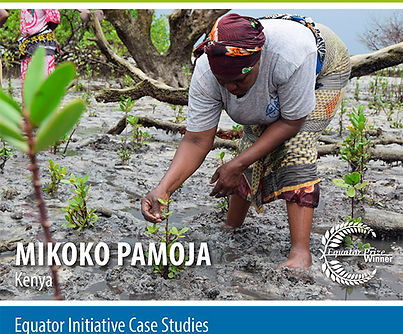
Sustainable Land and Water Management
Case study describing how this organization is fighting wildlife trafficking and promoting a unique community-led conservation model to address socio-economic inequalities that drive environmental degradation and biocultural loss.
Case study describing how Mikoko Pamoja is the first community-based project in the world to successfully sell carbon credits from mangrove conservation and restoration.
Yunnan Green Watershed Management Research and Promotion Centre (Green Watershed) - China
Case study describing how Green Watershed has become a model of indigenous self-organization and participatory watershed management, founding four autonomous organizations for resource management that have each achieved remarkable results.




